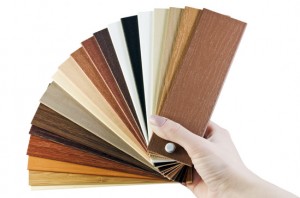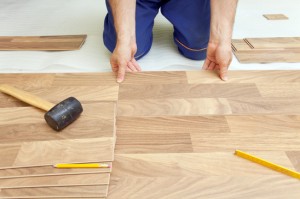
Cork has an interesting history. If you were to ask the average individual what cork was, the most common answer you would hear is it’s the stopper in a wine bottle. Well, believe it or not, the cork that serves as a wine stopper is actually a natural material derived from a cork tree. (Wouldn’t it be nice if green backs were a natural material derived from a green back tree?)
Anyway, cork has served far more uses than just a beverage lid, so let’s take a moment to consider the evolution of another cork product…cork flooring. Cork trees are actually a subspecies of the oak tree family. This particular branch only grows in the coastal regions of the Mediterranean. Cork trees are resilient, slow growing trees that can survive well in depleted soil and harsh conditions. The bark of the cork tree is the primary source of cork materials. Cork flooring (and other cork products) are environmentally friendly in part because the bark of the cork tree regrows within ten years of being harvested. [Read more…]

For all of your Denver Hardwood Flooring needs visit our site today.

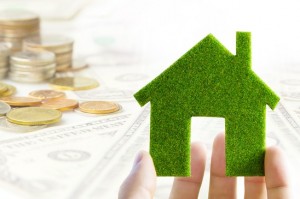
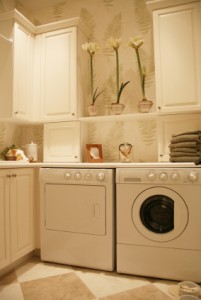 task. Add in extenuating circumstances, such as a room that is subjected to a lot of water or humidity, and your choices become that much more difficult.
task. Add in extenuating circumstances, such as a room that is subjected to a lot of water or humidity, and your choices become that much more difficult.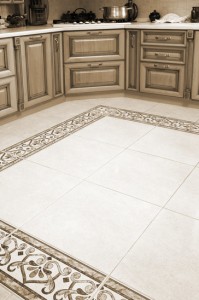
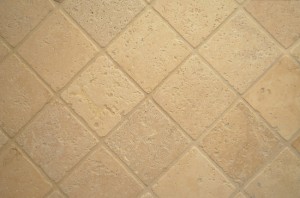
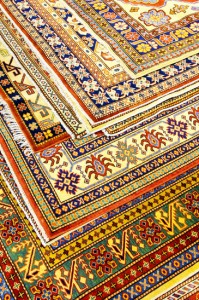
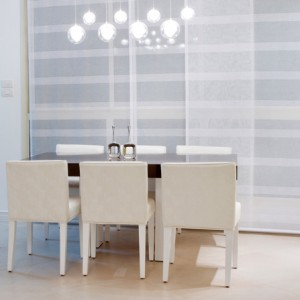 selecting everything from cabinets to cabinet hardware, countertops to appliances. And of course to tie it all together, your flooring choice can add to the overall enjoyment of your room for many years in the future.
selecting everything from cabinets to cabinet hardware, countertops to appliances. And of course to tie it all together, your flooring choice can add to the overall enjoyment of your room for many years in the future.